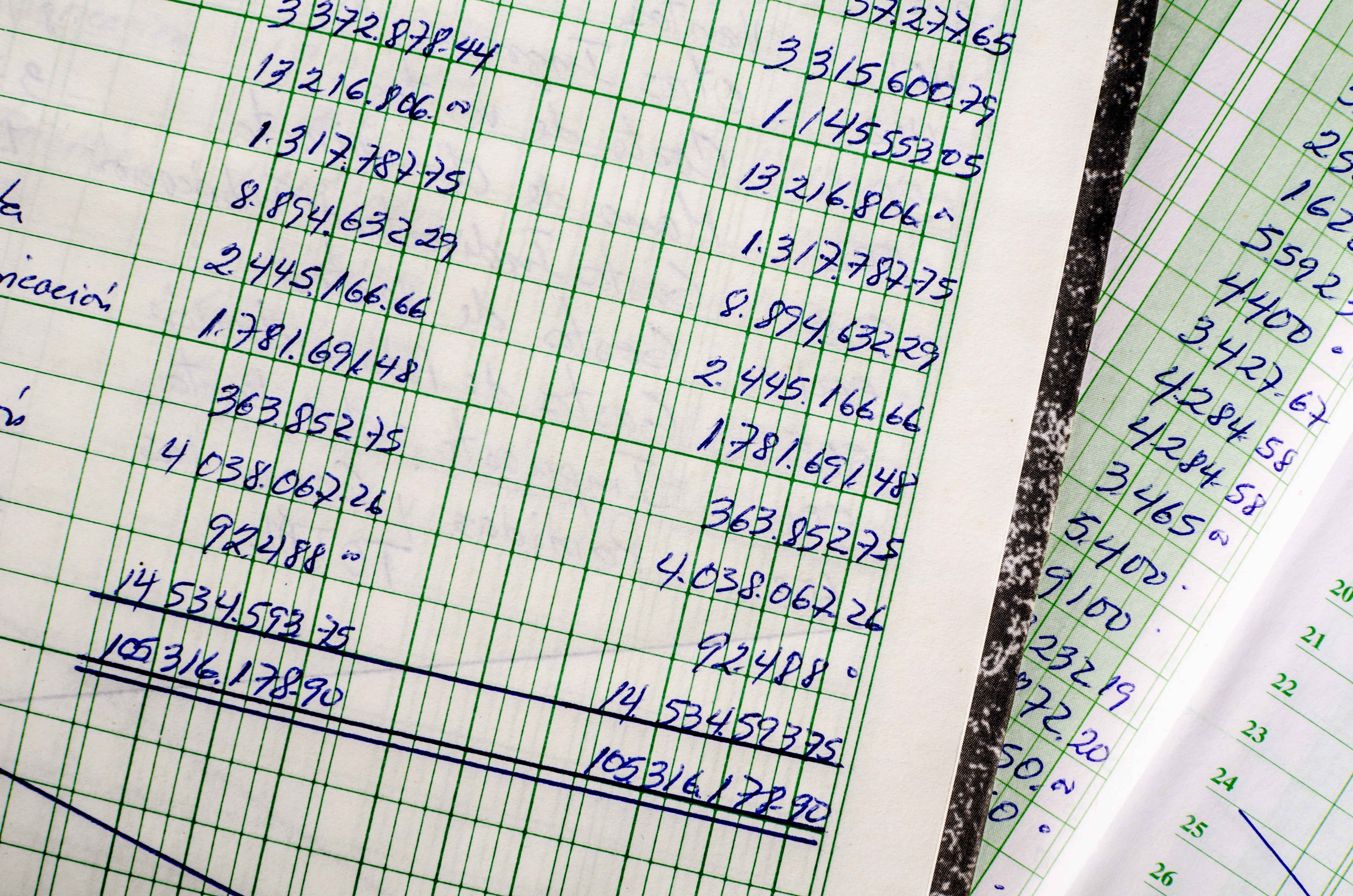How to Defer OAS Benefits
The month after your 64th birthday, you should get a letter from Service Canada concerning your selection for automatic enrollment in OAS and, if you qualify, also GIS. This means you don’t have to apply for your benefits so long as the information in your letter proves accurate. If you want to defer your OAS, GIS, or both, you can do so online via your My Service Canada account.
If you don’t get a letter from Service Canada the month after your 64th birthday, then the government didn’t choose you for automatic enrollment. At that point, OAS deferral is easy — simply don’t apply for your benefits when you turn 65.
Instead, wait until you’re ready to start drawing your monthly entitlement, and then submit the Application for the Old Age Security Pension to Service Canada. You can indicate when you want your benefits to start on that form.
If you already receive your OAS pension, you can cancel it within six months of the day it starts to take advantage of the deferral benefits, and you then have six months to repay the benefits you received. Once you repay the amount you drew, you can defer collecting benefits until you’re ready.
In addition to considering deferring your own payments, you may want to talk with your clients about the benefits of OAS deferral. As their accountant, your help with their retirement planning can potentially set them up better for future success.



